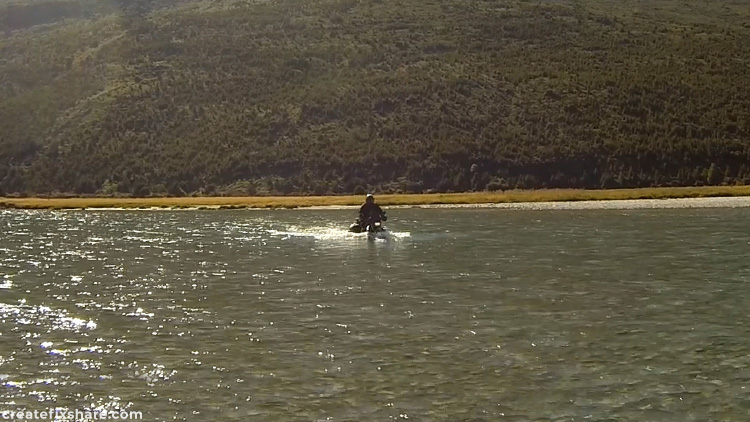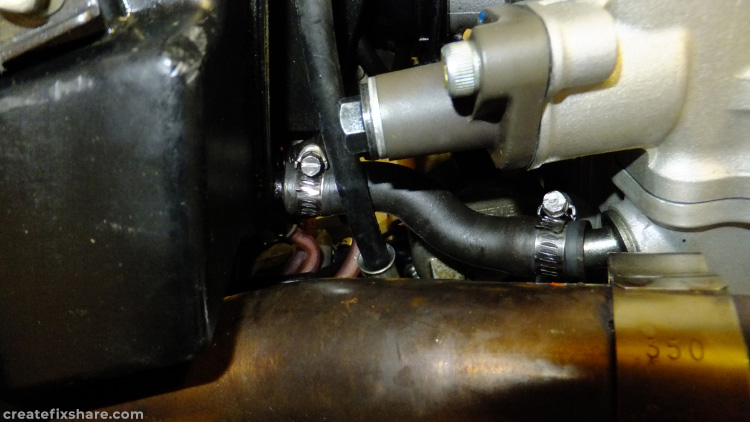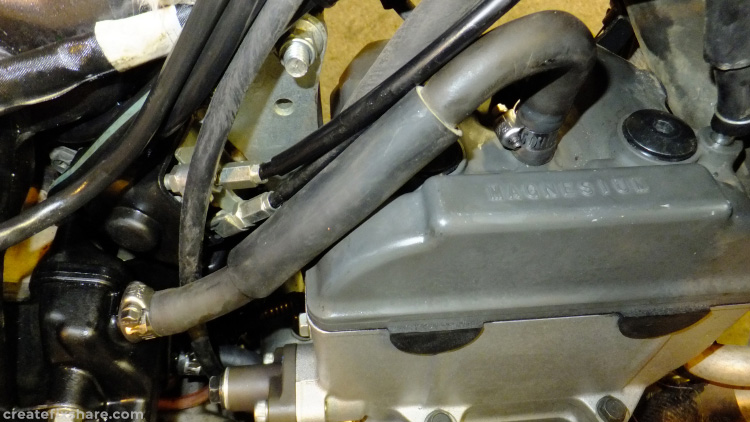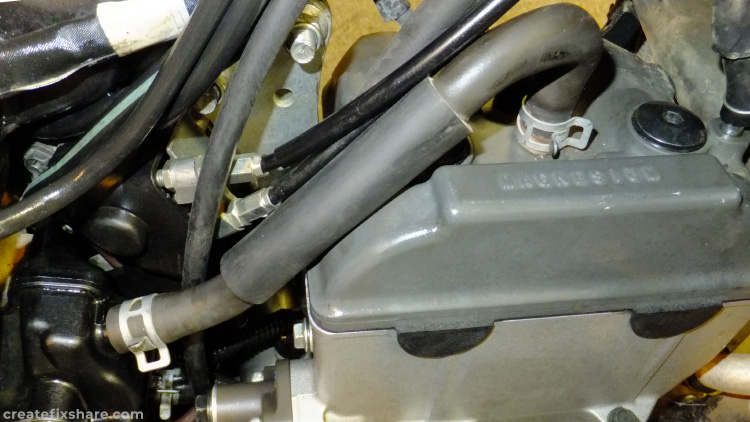Engine Breather Setup for Deep Water Crossings
Aside from water entering the carburettor and stopping us dead in our tracks, the primary area of concern is water entering the engine and contaminating the oil. Although under normal atmospheric operating conditions there will always be varying moisture content in your engine oil to some degree, high volumes of water in your oil reduces the protective attributes of the oil and contributes to premature engine wear.
The level of wear and damage will vary based on the type of oil you run (for example mineral oils break down far quicker in water then synthetic oils) and the volume of water in the oil. It goes without saying however that contaminating your oil with water is a situation that should be avoided, but most importantly can be avoided by ensuing your engine breathers are prepared for being submerged.

Engine breathers vary from bike to bike, more often than not there are two breathers to address; the crankcase breather and the rocker cover breather.
Engine Crankcase Breather
One of the key roles the crankcase breather plays is balancing out pressure caused by the inner workings of the motor, primarily the piston moving up and down. On the downward motion of the piston pressure is the crankcase is increased which the crankcase breather relieves (exhales), on the upward motion of the piston pressure in the crankcase is decreased causing a depression which the crankcase breather relieves (inhales). If you are crossing deep water and your crankcase breather connections are not in good condition or watertight it can result in the engine taking gulps of water on each of the upward motions of the piston.

Rocker Cover Breather
Depending on the particular engine, the rocker cover breather may be a smaller diameter hose and not have as much pressure fluctuation as the crankcase breather however it still needs to be watertight.

Waterproofing Your Engine Breathers
The task is fairly simple. Firstly, ensure your breather hoses are in good shape, make sure they aren't perished or cracked. Secondly, ensure the connections from the crankcase to the breather filter fit snug and are clamped to be watertight. In many cases stock breather hoses are clamped with pressure clips, personally I like to replace these with high quality hose clamps for a more robust seal.

This article is part of a series providing information on setting up adventure bikes for crossing water sections. Click here to go back to the main menu for motorbike water crossing setup.